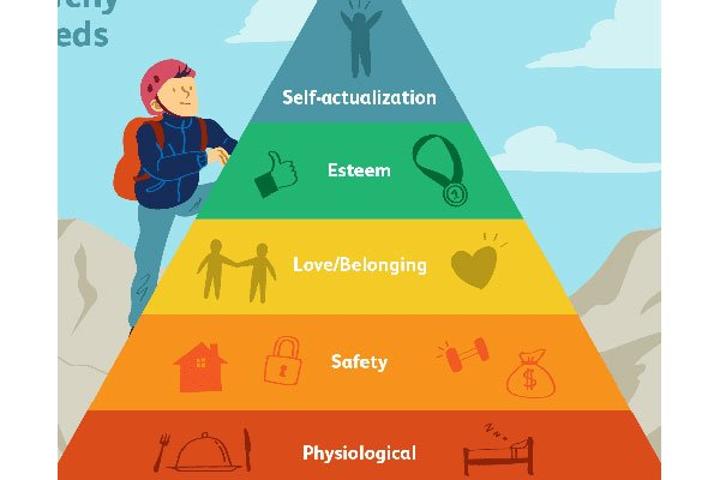Africa-Press – Uganda. A famous American created a hierarchy of needs and he would later go on to be named among the most cited psychologists in the 20th Century.
Born in 1908 in New York, Abraham Maslow is the brain behind the Maslow’s hierarchy of needs to be specific human needs. He would later be known for his phrase that “If you have a hammer, everything tends to look like a nail,’ – in short, the Maslow’s hammer.
Maslow used the terms “physiological”, “safety”, “belonging and love”, “social needs” or “esteem”, and “self-actualisation” to describe the pattern through which human motivations generally move. This means in order for motivation to arise at the next stage, each level must be satisfied within the individual themselves.
The goal in Maslow’s hierarchy is to attain the fifth level or stage: Self-actualisation. Maslow’s classification hierarchy has been revised over time.
The original hierarchy states that a lower level must be completely satisfied and fulfilled before moving onto a higher pursuit.
The hierarchy of needs according to Maslow, highlights the fundamental needs of humans though not originally his design in the early works, the hierarchy is often portrayed in a pyramid with the largest most fundamental needs at the bottom and the need for self-actualisation and transcendence at the top.
To dissect it, the pyramid has five layers, with the bottom layer being the most fundamental with physiological needs such as food, water, shelter, clothing and sleep.
This is followed by the safety needs layer, which includes employment, health, property, security and resources. The next is the love and belonging layer, which will come more significant come February 14. It involves friendship, intimacy, family, and sense of connection.
The fourth is the esteem layer, which entails respect, status, recognition, strength and freedom leading us to the top goal of self-actualisation, which encourages us to become the most we can be.
The late 1960s saw the creation of ARPANET (or the Advanced Research Projects Agency Network), which allowed multiple computers to communicate on a single network. This embryo would later develop into a big baby called the Internet . The year 1992 also saw the birth of another game changer, the smart phone.
The above two have turned the world into a global village as coined by Canadian thinker Marshal McLuhan with the help of applications and media technologies like Facebook, Twitter, Whatsapp, Google, and Skype, among others.
Our day-to-day lives depend on the Internet. We use Internet for communications, education, business, entertainment, socialising and much more. We use it both for basic operations and complex ones.
Both a child or an adult have their own specific needs for Internet. We use the Internet to achieve everything we want in the four layers of the pyramid, but the bottom solid layer has also been affected.
For example, man can now place order for food, pays for water, etc, through a smartphone, which should be connected to the Internet.Question is, where is the place of the Internet in the hierarchy of needs, is it time to update the pyramid?
Martin Kwesiga,[email protected]






